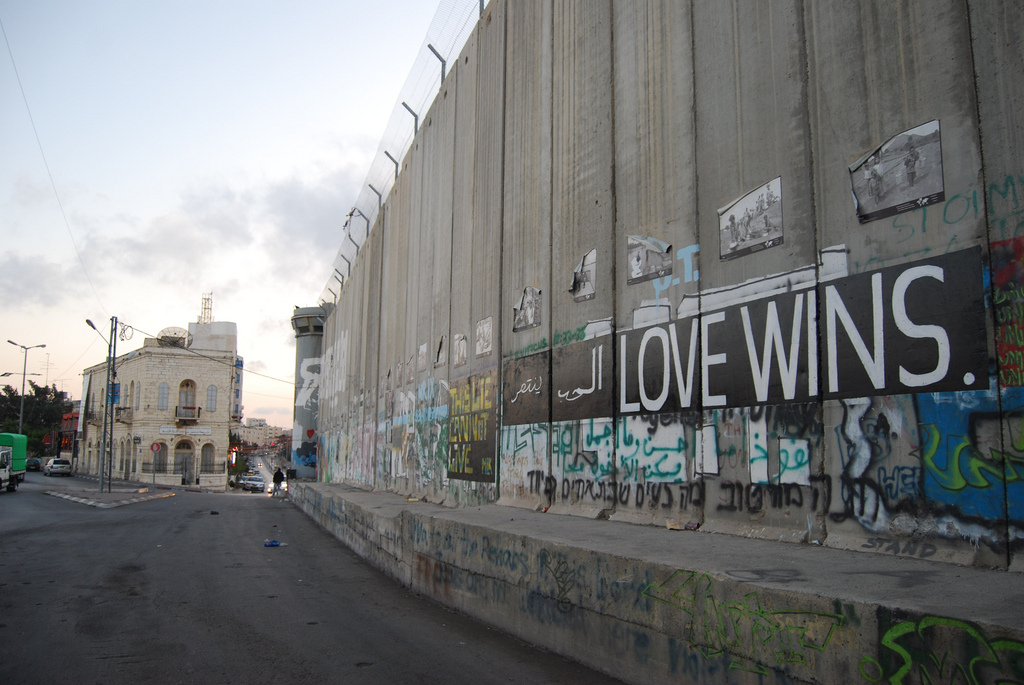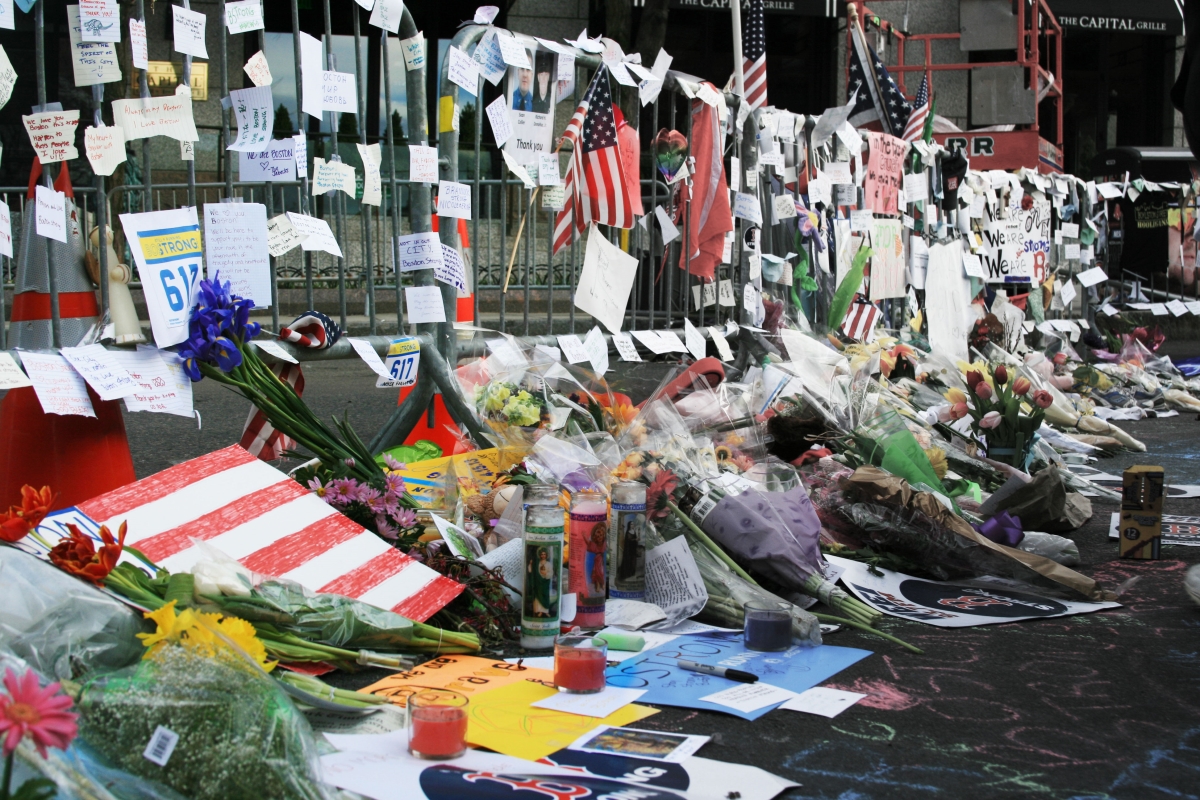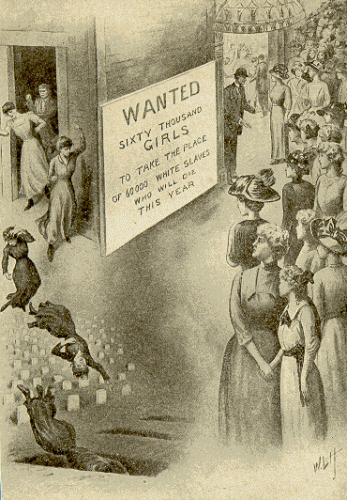From the 25-foot tall concrete barrier wall to the hundreds of military checkpoints, Israel employs a pervasive security culture in the West Bank. Since Israel’s controversial creation, it has faced numerous security risks, from terrorist attacks to foreign invasions, all of which potentially pose a threat to Israel’s sustained national security. These external risk factors contribute to the extensive safety precautions the Israeli government takes. Israel’s “security culture” refers to the set of customs and policies practiced by the Israeli government vis-a-vis the Palestinian territory of the West Bank. The purpose of these policies is to enhance Israel’s border security by creating a rigorous, militarized process that Palestinians wishing to enter Israel must undergo. This is implemented through the security wall between Israel and the West Bank and the hundreds of Israeli military checkpoints in the West Bank and on the Israeli-West Bank border. Both the wall and the checkpoints inhibit the passage of Palestinians through the West Bank and into Israel and therefore, from the perspective of the Israeli government, enhance Israel’s national security by preventing potential attacks. Having recently returned from a Dialogue of Civilizations to Israel, during which I also traveled to the West Bank, I witnessed this security culture and some of its effects on the West Bank first-hand. While Israel’s omnipresent security culture is effective in deterring attacks and preserving order, it also has a devastating effect on the Palestinian population living in the West Bank. Both the wall and the military checkpoints have detrimental effects on Palestinians’ health, wealth, homes, and overall well-being.
Physically speaking, the largest component of Israel’s security culture is the Israeli-West Bank separation wall, its tallest section standing at twice the height of the Berlin Wall.[1] Upon completion, the wall is expected to span over 400 miles in length, roughly the distance between Boston and Toronto.[2] The wall goes by many names; most Israelis refer to this structure as a security fence, whereas many Palestinians call it a racial segregation barrier or an Apartheid wall.[3] The Israeli government constructed it in an effort to suppress the frequent terrorist attacks carried out by radical Palestinians during the second Intifada, a major Palestinian uprising against Israeli occupation that spanned from 2000 to 2005. The idea of the wall garnered widespread support in 2001 when a grassroots organization named “Fence for Life” came forward and encouraged the Israeli government to build a contiguous fence that would seal off the Palestinian territories from Israel.[4] Thus far, the wall has proven effective in deterring terrorist attacks. Since construction of the fence began, the number of attacks has decreased by over 90%, and the amount of Israelis killed and wounded in attacks from the West Bank has declined by 70% and 85%, respectively.[5] Eight Israelis were killed in 2009, compared to 457 in 2002, which the Israeli government attributes to the security fence.[6] When examining these statistics, it’s worth noting that the violence associated with the second Intifada ended in 2005, so whether the decrease in attacks stemmed solely from the construction of the wall, the end of the second Intifada, or both remains uncertain.
While the wall seems to have been quite effective in ceasing the surge of violence against Israelis, it has had a much less positive effect on the Palestinian population. The wall greatly infringes upon Palestinian freedoms and negatively impacts daily life in the West Bank. In a 2005 report, the United Nations stated,
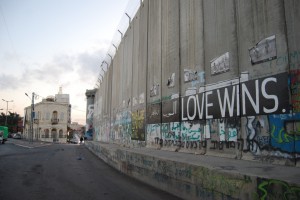
“It is difficult to overstate the humanitarian impact of the Barrier. The route inside the West Bank severs communities, people’s access to services, livelihoods and religious and cultural amenities. In addition, plans for the Barrier’s exact route and crossing points through it are often not fully revealed until days before construction commences. This has led to considerable anxiety amongst Palestinians about how their future lives will be impacted…The land between the Barrier and the Green Line constitutes some of the most fertile in the West Bank. It is currently the home for 49,400 West Bank Palestinians living in 38 villages and towns.”[7]
The wall is problematic to the Palestinians in that 85% of its route runs through the West Bank.[8] The United Nations reported in 2009 that the wall’s current route causes it to annex almost 10% of the total area of the West Bank to the Israeli side of the barrier, effectively isolating it from the rest of the West Bank.[9] In 2013, the UN reported that approximately 11,000 Palestinians living in 32 communities located on land behind the wall and annexed by Israel rely on the granting of permits or special arrangements in order to live in their own homes. The land that has been annexed to Israel as a result of this wall is some of the most fertile land in the West Bank.[11] Farming is one of the primary sources of income for families in the communities along the barrier’s path, but these Palestinians can no longer access the land. This has decreased farming in the affected area by over 80% and has greatly contributed to the poverty level in the West Bank.[12] Palestinian agriculture isn’t the only thing damaged by the separation barrier; health in the West Bank also suffers. Medecins du Monde, the Palestinian Red Crescent Society, and Physicians for Human Rights-Israel have all stated that the barrier “harms West Bank health.”[13] These organizations predict that once construction of the wall is completed, it will prevent more than 130,000 Palestinian children from receiving immunizations and will deny over 100,000 pregnant women access to healthcare in Israel.[14] These organizations have also stated that nearly one-third of West Bank villages will suffer from lack of access to healthcare.[15] Since the construction of the wall, Palestinian towns near Jerusalem have seen the average time for an ambulance to travel to the nearest hospital skyrocket from 10 minutes to 110 minutes.[16] While the Israeli government feels that there is a legitimate need for this barrier, it is also important to consider the price of this strong security culture.
Israel’s security culture can further be observed in the form of the hundreds of military checkpoints in the West Bank. These checkpoints are barriers erected by the IDF with the stated goal of guarding the security of Israel and Israeli settlements by preventing those who wish to cause harm from crossing.[17] Since the violence of the second Intifada began in 2000, Israel has greatly tightened its borders through measures like the implementation of checkpoints. In September 2013 B’Tselem, an Israeli NGO that documents human rights violations in the occupied territories, reported that there are 99 fixed checkpoints, in addition to 288 flying (random, impermanent) checkpoints, in the West Bank.[18] Since the beginning of the Gulf War in 1991, Palestinians have been required to obtain personal exist permits to enter Israel.[19] They must show these permits when crossing through checkpoints from the West Bank into Israel. In many cases, these checkpoints have proven effective in stopping the spread of weapons and the crossing of illegal workers. In 2012, the Military Police Corps recorded 475 attempts to smuggle weapons into Israel and 1,147 attempts to enter Israel with forged ID cards.[20] According to the Israel Defense Forces, the Military Police and officers from the Ministry of Defense responsible for crossings in the West Bank have prevented several attempted attacks and have arrested numerous people in possession of explosives.[21]
While these checkpoints increase quality of life for Israelis, they negatively affect the Palestinian population in several ways. Many Palestinian residents of the West Bank claim that these checkpoints violate their right to transportation and other human rights. Palestinians frequently complain of abuse and humiliation by the Israel Defense Forces. The frequency of these grievances was troubling to the Israel Defense Forces’ Judge Advocate General, Maj. Gen. Dr. Menachem Finkelstein, who stated, “There were many, too many, complaints that soldiers manning checkpoints abuse and humiliate Palestinians. The large number of complaints lit a red light for me.”[22] Wide criticism of these checkpoints exists among the international community, and in February 2009, the United Nations stated in its Humanitarian Monitor report that it is becoming “apparent that the checkpoints and obstacles, which Israeli authorities justified from the beginning of the second Intifada (September 2000) as a temporary military response to violent confrontations and attacks on Israeli civilians, is evolving into a more permanent system of control that is steadily reducing the space available for Palestinian growth and movement for the benefit of the increasing Israeli settler population.”[23] Other criticisms of Israeli checkpoints in the West Bank target their medical effects on Palestinians. In 2008, an Israeli soldier in command of a checkpoint outside Nablus refused to allow a Palestinian woman in labor to pass through. As a result, the woman was forced to give birth at the checkpoint, and her baby was a stillborn.[24] Between 2000 and 2006, at least 68 women were forced to give birth at checkpoints, of whom 35 miscarried and five died in childbirth.[25] The Palestinian Red Crescent Society has also reported 112 deaths due to medical personnel and patients being unable to cross checkpoints.[26] These checkpoints succeed in their goal of maximizing security, but they end up having deleterious effects on the Palestinian population.
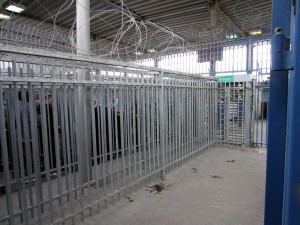
Having just returned from a Dialogue of Civilizations in Israel, this is a topic of great importance to me. I took a day trip to Ramallah, the de facto administrative capital of the West Bank, where I experienced the IDF-manned Qalandia checkpoint between Ramallah and Jerusalem and saw the Israeli-West Bank barrier wall with my own eyes. Crossing the border from Israel into the West Bank took only a few minutes and was very straightforward. As soon as we entered the West Bank, we were immediately met with the barrier wall. Nearly the entire wall is covered in graffiti, almost all of it politically based. Portraits of Palestinian leaders like Yasser Arafat abound, as do messages criticizing “Israeli Apartheid,” demanding the removal of the wall, and hoping for a free Palestine. Other messages are more lighthearted, expressing sentiments such as, “Make hummus, not walls.” The art is powerful, especially considering the cement canvas upon which it is displayed. On one hand, seeing this barrier in person was heartbreaking because it revealed to me the prison-like conditions under which so many Palestinians live, but I also know that the wall was built for a reason. Either way, Palestinians are inconvenienced, degraded, and harmed by it every day. When it came time to return to Israel, passing through Qalandia checkpoint took significantly longer and was more tedious. The Israeli soldier working the passport control office was a young girl who couldn’t have been older than I. She quickly grew impatient with us for being uncertain about what to do when we reached her desk. Once she saw the blue cover of my United States passport, her grimace softened, but not much. She wasn’t as civil with my Algerian-American friend, whom she yelled at and detained. He was held behind the metal bars of Qalandia until another white, American girl and I went back through the turnstile and explained to the soldier that he was, in fact, traveling with us and part of the same student group that we were with. Reluctantly, the soldier released the locked turnstile and allowed our friend to pass through. The process was unpleasant and dehumanizing, even as a white, American female. I can’t imagine what the experience must have been like for the Palestinian family that was behind me in line, waiting to visit family in Jerusalem. We were lucky that the line was very short when we went, but there are many scenarios in which Palestinians must wait in the sun for hours before they can attempt to cross the border. The entire encounter was stressful, frustrating, and debasing. However, this was a learning experience. Not only did it elucidate for me the lengths to which the Israeli government feels it must go to preserve the security of its citizens, but it also enhanced my understanding of what Palestinians in the West Bank must suffer through every time they wish to enter Israel.
Jaclyn Roache
Political Science and International Affairs ’18
References
[1] Nigel, Parry. “Is It a Fence? Is It a Wall? No, It’s a Separation Barrier.” The Electronic Intifada. August 1, 2003. Accessed August 2, 2014.
[2] Nigel, Parry. “Is It a Fence? Is It a Wall? No, It’s a Separation Barrier.” The Electronic Intifada. August 1, 2003. Accessed August 2, 2014.
[3] “Israel and the Palestinians: Key Terms.” BBC News. October 12, 2006. Accessed July 30, 2014.
[4] Sobel, Jerrold. “The Security Fence.” CoHaV. Accessed July 25, 2014.
[5] Bard, Mitchell. “West Bank Security Fence: Background & Overview.” Background & Overview of Israel’s Security Fence. July 1, 2005. Accessed July 26, 2014.
[6] Bard, Mitchell. “West Bank Security Fence: Background & Overview.” Background & Overview of Israel’s Security Fence. July 1, 2005. Accessed July 26, 2014.
[7] Office for the Coordination of Humanitarian Affairs. “The Humanitarian Impact of the West Bank Barrier on Palestinian Communities.” Miftah. May 26, 2005. Accessed July 26, 2014.
[8] “Restricted Movement in the Occupied Palestinian Territory.” American Friends Service Committee. Accessed August 10, 2014.
[9] “A Summary of the Humanitarian Impact of the Border.” Nited Nations Office for the Coordination of Humanitarian Affairs, Occupied Palestinian Territory. July 1, 2009. Accessed July 26, 2014.
[10] “The Humanitarian Impact of the Barrier.” United Nations Office for the Coordination of Humanitarian Affairs Occupied Palestinian Territory. July 1, 2013. Accessed August 7, 2014.
[11] “Restricted Movement in the Occupied Palestinian Territory.” American Friends Service Committee. Accessed August 10, 2014.
[12] “Restricted Movement in the Occupied Palestinian Territory.” American Friends Service Committee. Accessed August 10, 2014.
[13] “Barrier ‘Harms West Bank Health'” BBC News. February 15, 2005. Accessed July 26, 2014.
[14] “Barrier ‘Harms West Bank Health'” BBC News. February 15, 2005. Accessed July 26, 2014.
[15] “Barrier ‘Harms West Bank Health'” BBC News. February 15, 2005. Accessed July 26, 2014.
[16] Cohen, D. “Barrier in West Bank Threatens Residents’ Health Care, Says Report.” BMJ Publishing Group Ltd. February 15, 2005. Accessed July 24, 2014.
[17] “Key Maps.” BBC News. Accessed July 27, 2014.
[18] “Freedom of Movement: Checkpoints and Forbidden Roads.” B’Tselem. February 16, 2011. Accessed July 25, 2014.
[19] “Checkpoints 101.” Occupied Palestine. Accessed August 7, 2014.
[20] “The Truth Behind Crossings in Judea and Samaria.” IDF Blog: The Official Blog of the Israel Defense Forces. May 6, 2013. Accessed July 24, 2014.
[21] “The Truth Behind Crossings in Judea and Samaria.” IDF Blog: The Official Blog of the Israel Defense Forces. May 6, 2013. Accessed July 24, 2014.
[22] “Humiliation at the Checkpoints.” Haaretz. July 8, 2013. Accessed July 27, 2014.
[23] “February Overview.” United Nations Humanitarian Monitor, Occupied Palestinian Territory. February 1, 2009. Accessed July 28, 2014.
[24] “Israeli Jailed Over Baby Tragedy.” BBC News. September 12, 2008. Accessed August 7, 2014.
[25] “Israeli Jailed Over Baby Tragedy.” BBC News. September 12, 2008. Accessed August 7, 2014.
[26] “Checkpoints 101.” Occupied Palestine. Accessed August 7, 2014.

